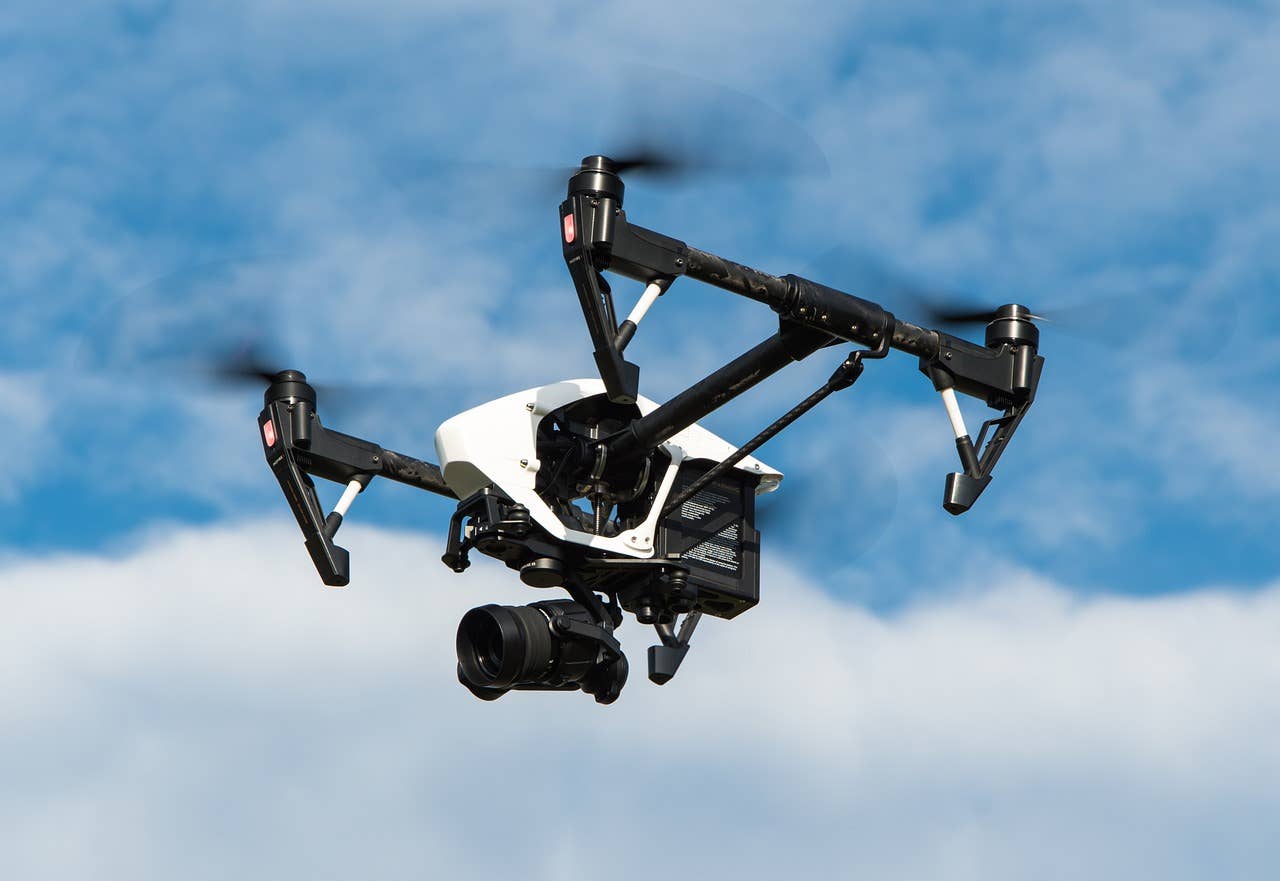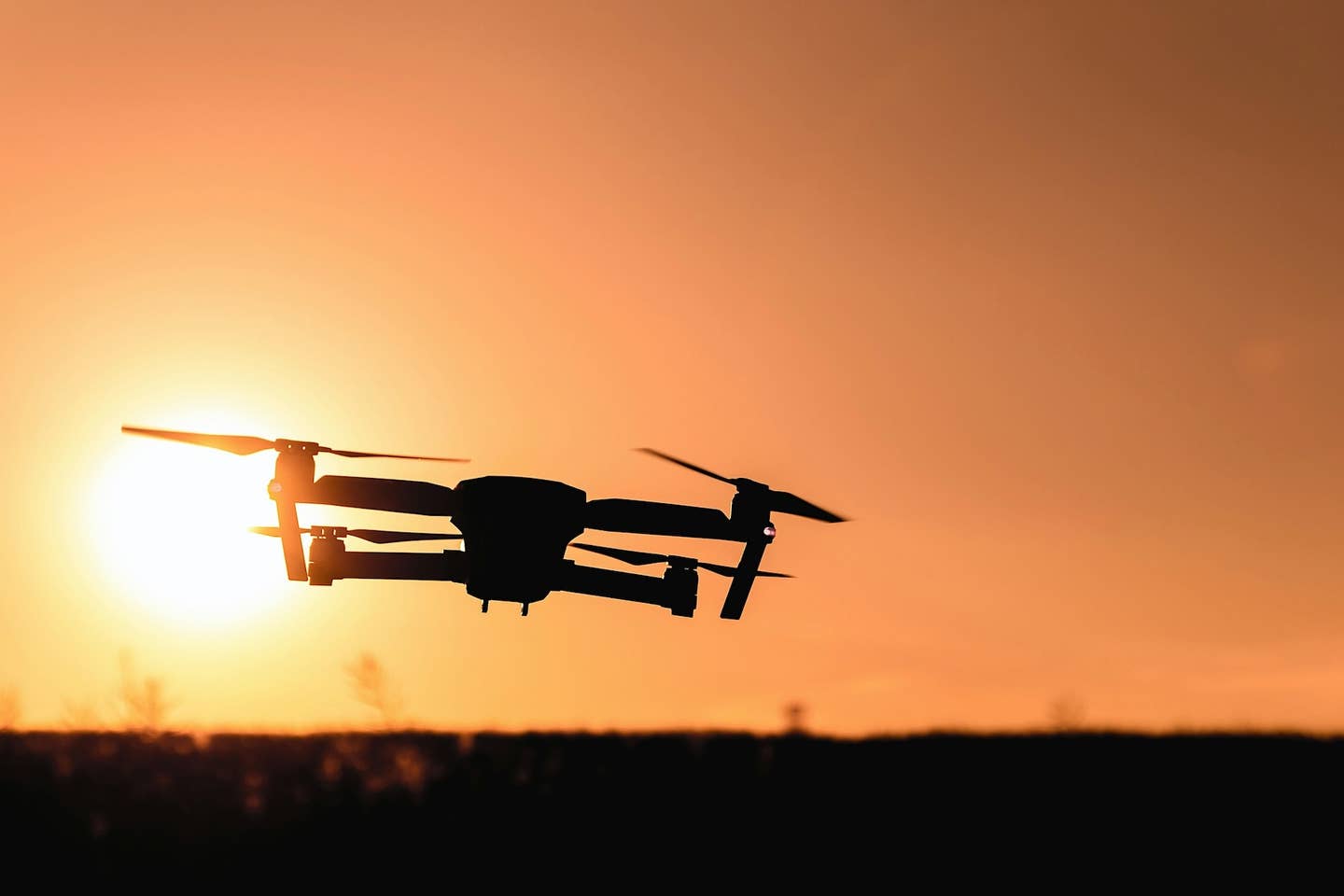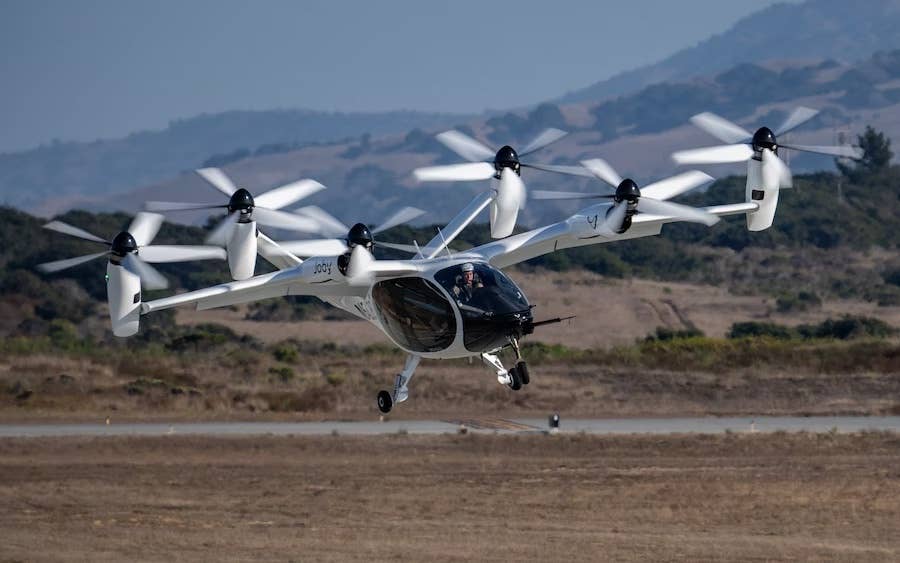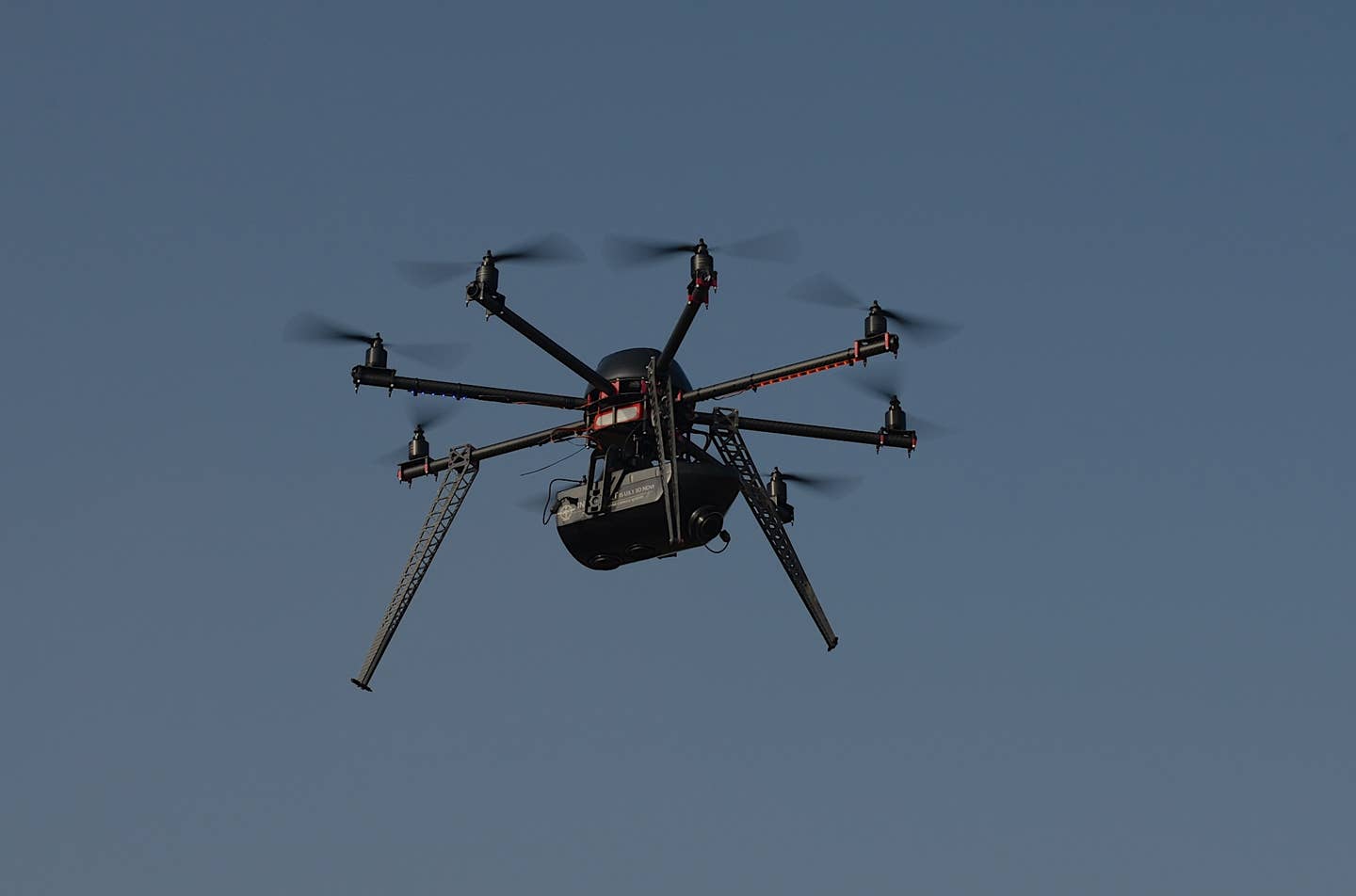Drone Collisions: Maybe Humans Are The Problem
Drones can be programmed not to hit each other. Humans? Not so much.

Often when we run a story, someone with intimate knowledge of it will contact us and fill in some details that would have been really valuable in the original piece, but don’t cut it as a separate standalone or follow-up story.
You may recall the story we ran about the police helicopter that hit a police drone in northern Canada in February but only got reported in June. We quoted from the Canadian Transportation Safety Report (TSB) that both aircraft were involved in a “police operation” but what we didn’t know until later is that they were employed over a flashpoint location in a protest against a controversial pipeline through territory claimed by indigenous peoples.
Given the aerial activity over Lafayette Park a few weeks ago, it’s an interesting detail from another country. Politics aside (again, a reminder to be civil in your responses or we’ll cut them), what’s possibly more important for this audience is that the TSB’s description of the damage to the helicopter didn’t really capture the severity of the mishap. It said the pilot felt a vibration and landed safely on a road. It also said there was “superficial damage” to the main blades, the tail boom and tail rotor.
What it didn’t say is that the helicopter was deemed not airworthy and left that remote road slung under a much bigger helicopter and required tens, perhaps hundreds of thousands of dollars worth of repairs. That’s not to mention the $100,000 drone that was scattered to the boreal forest below.
That brings up the NTSB’s recent final report on the likely collision between a news helicopter and a drone that we reported on Monday. That chopper was cruising at about 100 knots at 1100 feet over downtown Los Angeles when the pilot heard a noise, thought it was a bird strike and, like the pilot over the bush of northern British Columbia, found a place to land.
Except he wasn’t over spruce trees and beavers, he was over one of the most densely populated places on the planet. What if that drone had hit the windshield or gotten into the engine intake? I know, I know: Life is full of what-ifs. And because there hasn’t been a “serious” collision between a manned and unmanned aircraft yet, I almost didn’t bother writing the LA story. Drone collisions are becoming commonplace enough that in my editor’s mind they don’t really cut it as news and it took a bit of luck to come across this one.
I expect that during the remainder of my aviation journalism career, I or my colleagues will report on a collision that brings down a manned aircraft with casualties. I also believe I will see at least a variation of pilotless passenger airline service in my lifetime. I wonder what that means for the future of manned aircraft operations.
As the technology, including artificial intelligence, develops, it’s becoming increasingly evident that the weak link in integrating drones into the airspace is manned aviation. It’s easy to keep drones from banging into each other with the electronics available today. Humans become the wild card in a heavily automated environment that, given the advances, could eventually become almost perfectly safe if we just keep us out of it.
So, maybe we’re going about this all wrong. Maybe the goal of drone integration should be figuring out how comparatively fallible human pilots can fit into drone airspace, not the other way around.






